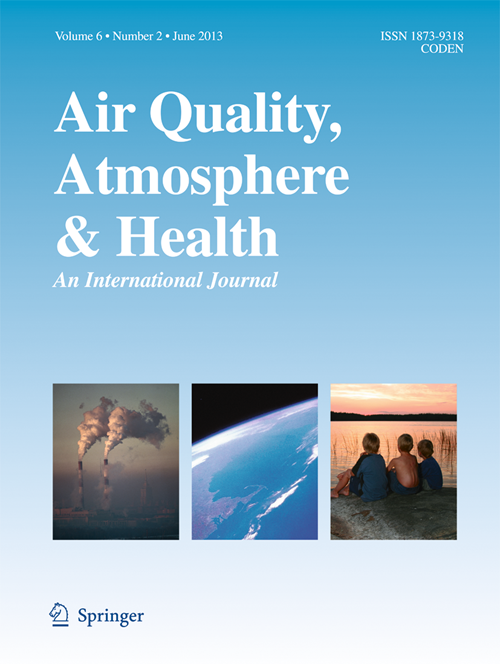Assessment of the sensitivity of model responses to urban emission changes in support of emission reduction strategies
Abstract
The sensitivity of air quality model responses to modifications in input data (e.g. emissions, meteorology and boundary conditions) or model configurations is recognized as an important issue for air quality modelling applications in support of air quality plans. In the framework of FAIRMODE (Forum of Air Quality Modelling in Europe, https://fairmode.jrc.ec.europa.eu/) a dedicated air quality modelling exercise has been designed to address this issue. The main goal was to evaluate the magnitude and variability of air quality model responses when studying emission scenarios/projections by assessing the changes of model output in response to emission changes. This work is based on several air quality models that are used to support model users and developers, and, consequently, policy makers. We present the FAIRMODE exercise and the participating models, and provide an analysis of the variability of O3 and PM concentrations due to emission reduction scenarios. The key novel feature, in comparison with other exercises, is that emission reduction strategies in the present work are applied and evaluated at urban scale over a large number of cities using new indicators such as the absolute potential, the relative potential and the absolute potency. The results show that there is a larger variability of concentration changes between models, when the emission reduction scenarios are applied, than for their respective baseline absolute concentrations. For ozone, the variability between models of absolute baseline concentrations is below 10%, while the variability of concentration changes (when emissions are similarly perturbed) exceeds, in some instances 100% or higher during episodes. Combined emission reductions are usually more efficient than the sum of single precursor emission reductions both for O3 and PM. In particular for ozone, model responses, in terms of linearity and additivity, show a clear impact of non-linear chemistry processes. This analysis gives an insight into the impact of model’ sensitivity to emission reductions that may be considered when designing air quality plans and paves the way of more in-depth analysis to disentangle the role of emissions from model formulation for present and future air quality assessments.


 求助内容:
求助内容: 应助结果提醒方式:
应助结果提醒方式:


